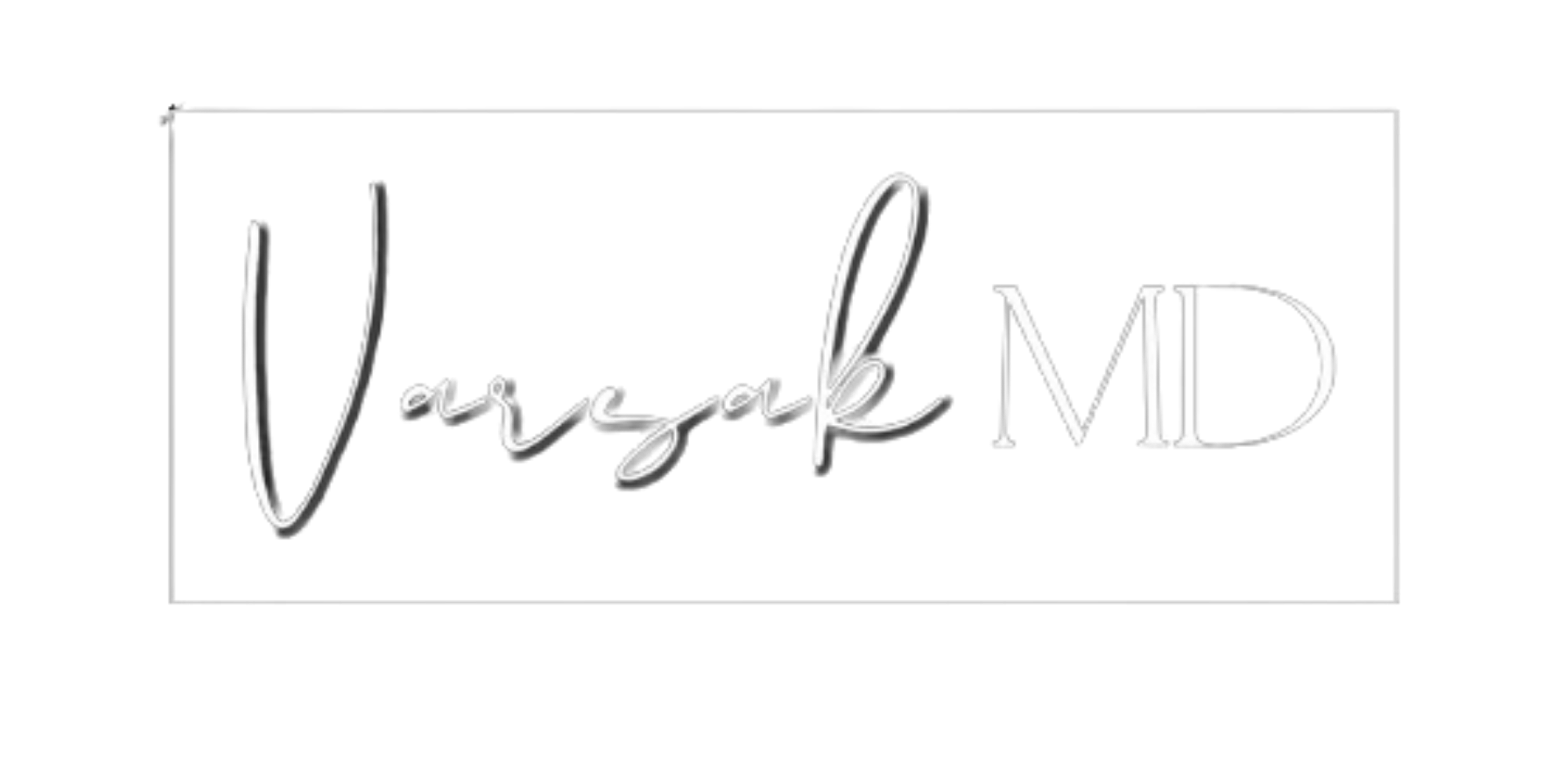Revision Rhinoplasty
Revision rhinoplasty addresses concerns and complications arising from a previous rhinoplasty surgery. It is an option for individuals who:
- Experienced complications after the initial surgery.
- Are dissatisfied with the aesthetic results.
- Have persistent breathing problems.
Making the Decision: Consultation is Key
A thorough preoperative consultation with Dr Varsak is crucial before considering revision rhinoplasty. This initial meeting involves:
- Detailed discussion: Patients should openly communicate their concerns, desired outcomes, and medical history.
- Examination: The surgeon will carefully examine the nose to assess the specific issues and remaining tissue integrity.
- Evaluation: Together, they will determine if revision rhinoplasty is the appropriate course of action.

Challenges and Considerations
It's important to understand that:
- Complexity increases with revisions: Each subsequent procedure becomes more challenging due to altered anatomy and potentially limited tissue availability.
- Rib cartiage or external (cadaveric) cartilage necessity.
- Careful planning is essential: Meticulous planning and consideration of all factors are crucial for a successful outcome.
- Realistic expectations are key:Patients should have realistic expectations and understand the limitations involved.
Who Performs the Surgery?
The revision rhinoplasty can be performed by:
- The original surgeon: If the patient is comfortable and the surgeon has experience with revisions.
- A different, experienced surgeon: Often preferable for complex cases or when seeking a different perspective.
Addressing Various Deformities
Revision rhinoplasty can address a wide range of complications:
- Cartilage and bone deformities: Including collapse, bending, or unwanted protrusions.
- Loss of support: Leading to structural instability and potential breathing difficulties.
- V-deformity: Characterized by a sharp, pinched appearance at the bridge.
- Falling nasal tip: Loss of definition or excessive downward projection.
- Beak nose: An overly wide and protruding supratip.

